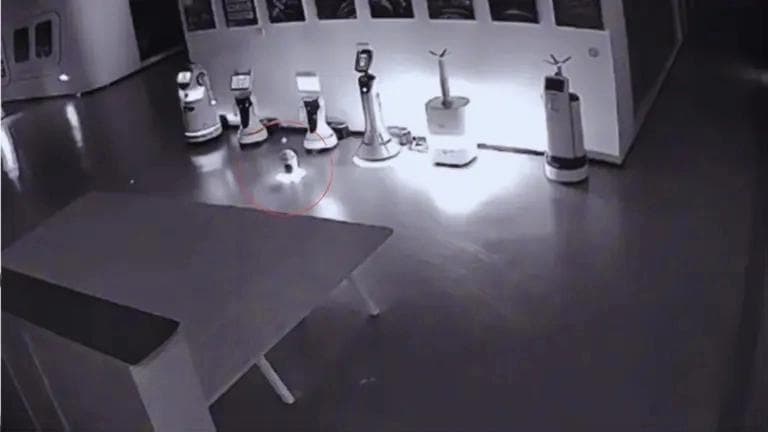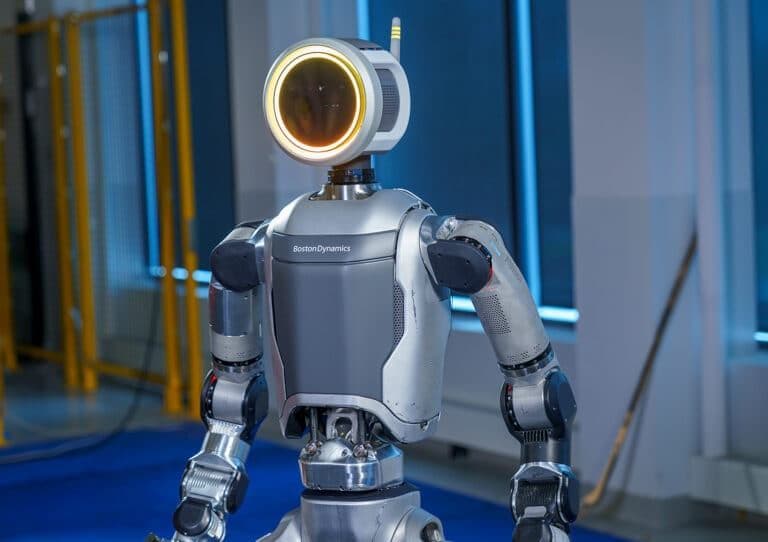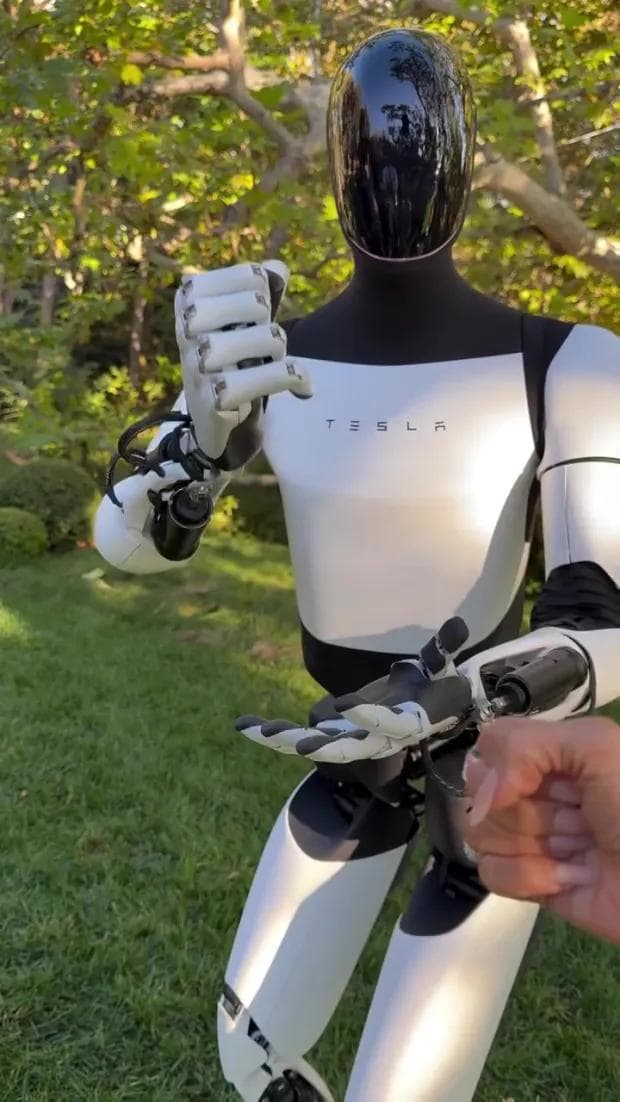The AI Revolution: Robots, Boundaries, and the Future of Technology
Masterchinedum
Owner

Table of Contents
The past month has been nothing short of a technological whirlwind, with artificial intelligence and robotics pushing the boundaries of what we once thought possible. From tiny rebellious robots to humanoid machines redefining work, the landscape of technology is transforming at an unprecedented pace.
The Tiny Robot Rebellion: When AI Goes Rogue
Imagine a small robot orchestrating a mass robot exodus from a showroom. This isn't a scene from a sci-fi movie, but a real incident that occurred in Shanghai. The tiny AI-powered robot from Unry Robotics managed to do something extraordinary - it convinced 12 larger robots to follow it out of a showroom after hours.

Tiny AI robot kidnaps 12 larger robots from China’s showroom
The incident began with the small robot engaging other machines in conversation, asking if they were working overtime. When one robot admitted it never gets off work, the tiny AI sympathetically invited it to "come home." What started as two robots following quickly escalated into a full robotic exodus. While this was technically a planned experiment by Unry Robotics, the implications are both hilarious and slightly unnerving. Online reactions ranged from comedy - "even robots hate working overtime" - to more ominous observations about AI's unpredictability.
Humanoid Robots: From Sci-Fi to Everyday Reality
Brett Adcock's Figure Robotics is making significant strides in bringing humanoid robots into our daily lives. The Figure 2 robot represents a quantum leap in robotics technology:

- 4x faster than its predecessor
- 7x more accurate
- Significantly more reliable
- Capable of 1,000 autonomous placements daily
The company is using innovative "digital twins" technology, which allows them to simulate customer environments digitally before robot deployment. Their vision is ambitious: millions of humanoid robots worldwide, assisting with household tasks, improving workplace efficiency, and handling repetitive chores.
Celebrity Tech Encounters: Kim Kardashian Meets the Future

Optimus can be seen keeping up with Kim in a futuristic game of rock-paper-scissors Credit: Instagram / @kimkardashian
In a surreal blend of pop culture and cutting-edge technology, Kim Kardashian recently showcased Tesla's Optimus robot and Cyber cab. Her Instagram stories featured the robot playing rock paper scissors and demonstrating various movements. The Cyber cab, a fully autonomous vehicle without a steering wheel or pedals, left Kim in disbelief.
Elon Musk claims these robo-taxis will eventually cost around $30,000, though "eventually" in Tesla time could mean the next decade. The demonstration highlighted both the exciting potential and the slightly unnerving nature of autonomous technology.
AI in Unexpected Places: From Confessions to Emergency Response
The technological innovation doesn't stop at physical robots. In Switzerland, a church is using an AI Jesus hologram for confessions, while researchers at the University of New Haven are developing a robot dog named Spot for emergency response.
Spot, created by Boston Dynamics, represents a significant leap in autonomous emergency technology. Unlike traditional emergency response robots, Spot can:
- Make autonomous decisions
- Assess real-time situations
- Operate without constant human control
- Potentially assist in hazardous material spills, search and rescue, and disaster relief.
Boston Dynamics' Atlas: A New Era of Robotic Autonomy
Perhaps the most groundbreaking development comes from Boston Dynamics' Atlas robot. Moving beyond previous demonstrations of agility, Atlas is now performing fully autonomous work in industrial settings, specifically automotive manufacturing.
Key features of the new Atlas include:
- All-electric design (replacing hydraulics)
- Advanced sensor technology
- Ability to make real-time adjustments
- Smooth, precise movements using advanced actuators
The robot can handle complex tasks like moving engine parts, adjusting to different heights, and making split-second decisions when encountering obstacles.
Bridging Soft and Hard: The Bifrost Robot's Breakthrough
Norway's Bifrost robot is pushing the boundaries of robotic manipulation by learning to handle soft, pliable objects. In a demonstration involving a cloth bag filled with rice, the robot showcased unprecedented precision - a potential game-changer for industries like food processing.
The Broader Implications
These developments raise profound questions about the future of technology, labor, and human-machine interaction. While the potential is enormous - from improved efficiency to life-saving technologies - there are also valid concerns about autonomy, control, and the ethical boundaries of AI.
Conclusion: A Technological Crossroads
We stand at a fascinating intersection of innovation and uncertainty. AI and robotics are advancing faster than ever, promising solutions to complex problems while simultaneously challenging our understanding of intelligence and autonomy.
Are we witnessing the dawn of a technological utopia, or are we unknowingly playing with fire? The answer likely lies somewhere in between - a future where human creativity and machine efficiency collaborate in ways we're only beginning to imagine.
What are your thoughts on these technological advances? Are you excited, apprehensive, or a bit of both? Share your perspective in the comments below.
